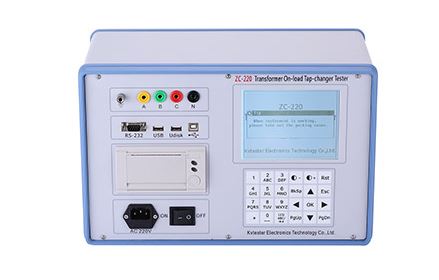Basic knowledge of transformers
Release Time : 2017-10-05 View Count : 次Transformers are used in almost all electronic products. The principle is simple, but depending on the application (different applications), the winding process of the transformer will have different requirements. The functions of the transformer mainly include: voltage conversion; impedance transformation; isolation; voltage regulation (magnetic saturation transformer), etc, and the core shape commonly used in Transformers generally has E-type and C-type iron cores.

First, the basic principle of the transformer:
When a sinusoidal alternating voltage U1 is applied across the primary coil, there is an alternating current |1 in the conductor and an alternating magnetic flux φ1 which forms a closed magnetic circuit along the core through the primary and secondary coils.
The mutual inductance potential U2 is induced in the secondary coil, and φ1 also induces a self-induced potential E1 on the primary coil. The direction of E1 is opposite to the applied voltage U1 and the amplitude is similar, thereby limiting the size of I1. In order to maintain the existence of magnetic flux φ1, it is necessary to have a certain power consumption, and the transformer itself has a certain loss. Although the secondary is not connected to the load at this time, there is still a certain current in the primary coil. This current is called " no-load current."'
Second, the loss of the transformer When the primary winding of the transformer is energized, the magnetic flux generated by the coil flows in the core. Since the core itself is also a conductor, an electric potential is induced on a plane perpendicular to the magnetic field line. This potential forms a closed loop and generates a current on the cross section of the core. It seems to be a vortex and is called "vortex." This "vortex" increases the loss of the transformer and increases the temperature rise of the transformer's core heating transformer. The loss caused by the " eddy current" is called "iron loss". In addition, a large number of copper wires are required to wind the transformer. These copper wires have resistance. When the current flows, the resistor consumes a certain amount of power. This
loss is often consumed as heat. We call this loss "copper loss".. Therefore, the temperature rise of the transformer is mainly caused by iron loss and copper loss.
For More Products, please contact us or send us email. (info@kvtester)






